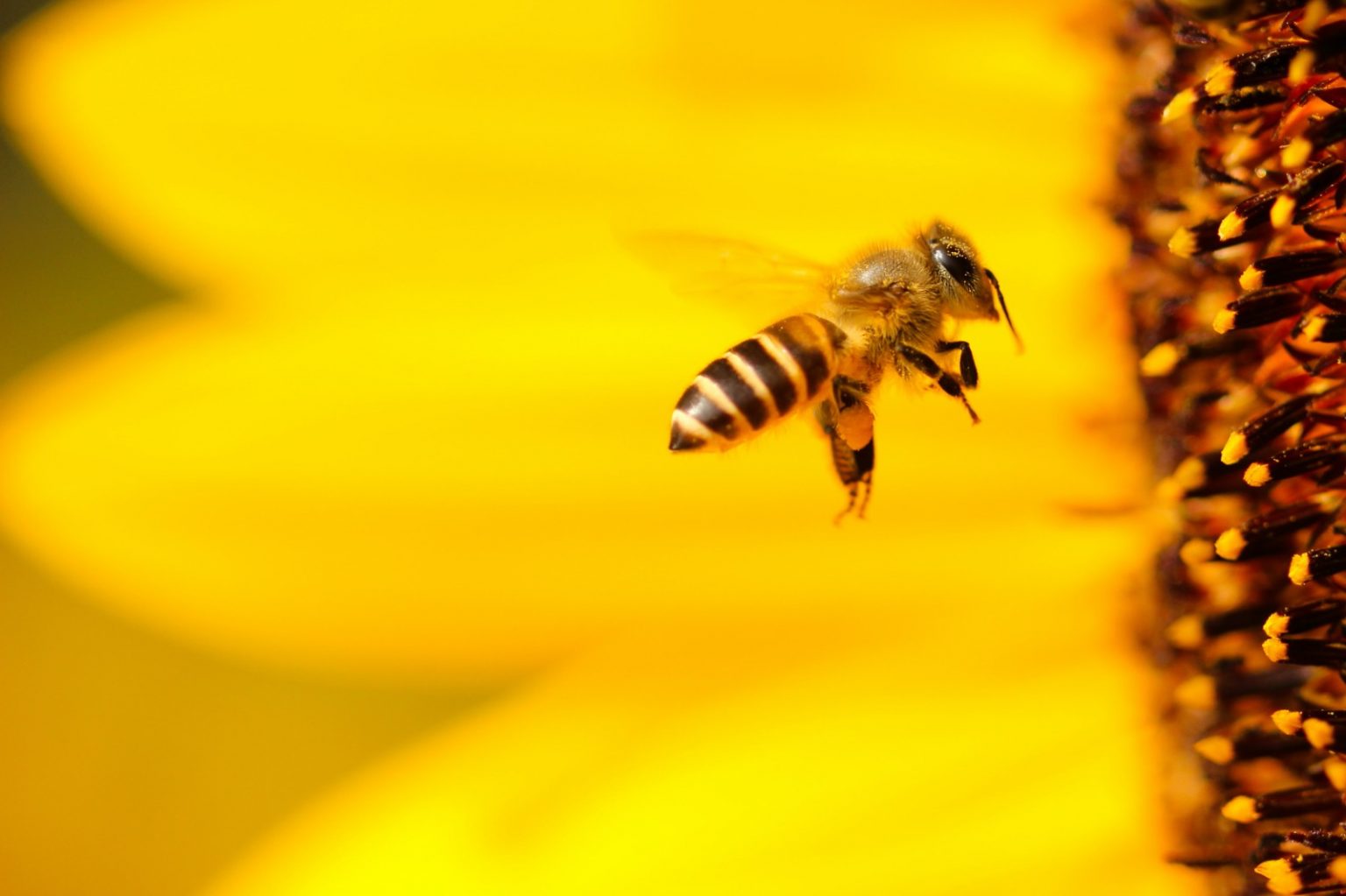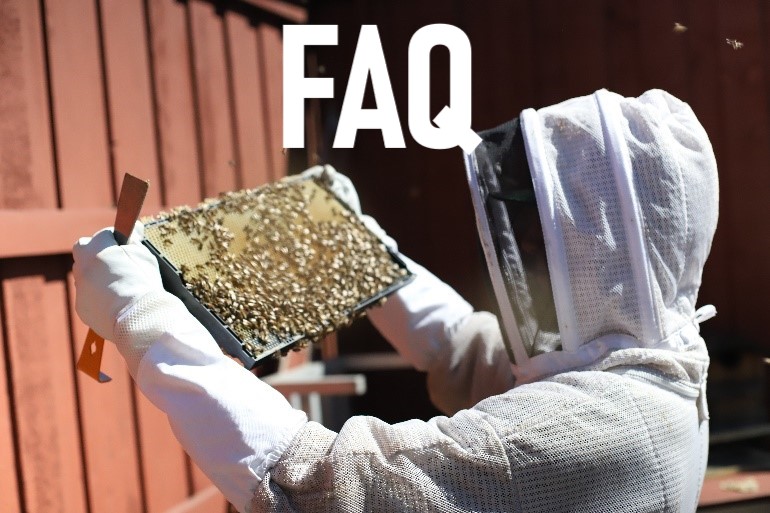
A new UF / IFAS study identified genetic characteristics associated with the production and behavioral attributes of these two important bee variants. For example, researchers have found that Cape honey bees are significantly darker than Africanized bees. This dark color may be genetically correlated with those unwanted behaviors.
Both variants are undesirable in the United States. The first is the "killer bee" or "Africanized bee," scientifically known as A.m. scutellata is a bright-colored bee known for its territorial and defensive properties. This subspecies was introduced to Brazil from South Africa's natural habitat in the 1950s. There she mated with a subspecies of European honeybees bred by Brazilian beekeepers, then moved to the United States. A.M. scutellata is considered an invasive bee and can inherit colonies from controlled bees, potentially reducing the interests of beekeepers. They are also known for their increased defensive behavior.
The second subspecies studied, the "Cape honey bee," is scientifically known as the morning. capensis causes many problems for beekeepers. These bees are more submissive than Africanized bees, but are more likely to inherit urticaria. Cape honey bees are considered social parasites. Unlike other bee variants, cape worker bees can replicate themselves and lay female eggs without first mating. These clones can take over the honeycomb. These workers cannot breed at the same rate as the traditional queen, and the colonies eventually diminish and collapse. This is a phenomenon known as the "Capensis Catastrophe."
"More amazing than the ability of Cape Worker bees to replicate themselves is the speed at which they can take over other colonies," said Jamie Ellis, a UF / IFAS professor. "We are working to keep these bees from invading the United States, because in most cases when these bees take over the colony, the colony is destined."
For living things. In this case, researchers sought to understand what genetic characteristics contribute to the appearance and behavior of these bees. Using data collected from South African bees from previous studies funded by the USDA Animal and Plant Health Inspection Service in 2013 and 2014, scientists can determine which genes are responsible for the physical characteristics of these subspecies.
Laura Patterson Rosa, a PhD student at the University of Florida / IFAS and co-author of the study, said: "What we have found has many implications. We have not yet been able to validate these new discoveries with additional populations, but if the results withstand the challenges of time, we will see behavioral changes. Can partially explain the reasons, the reasons for not recognizing the existence of other queens, and why they can be self-cloned when other bees cannot."
"The color phenotype is of beekeeping management. It's an important aspect," Ellis said. "It helps beekeepers know what kind of bees they have." Cape honey bees are considerably darker than Africanized bees. This dark shade may be genetically correlated with their cloning and colonization behavior.
"There are potentially more than 30 variants of honeybees. Only two have been examined in published studies," he said. "Does this finding apply to other dark-colored bee variants? It is interesting to look for these mutations in all variants of Western honey bee and determine if this is the case. Special thanks to the supporters of this study, including USDA APHIS and the Florida Agricultural Consumer Services Authority, led by Honey Bee Technical Council.










